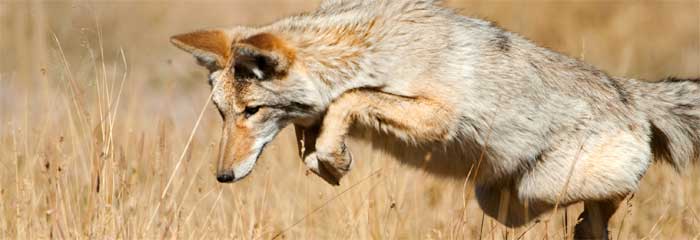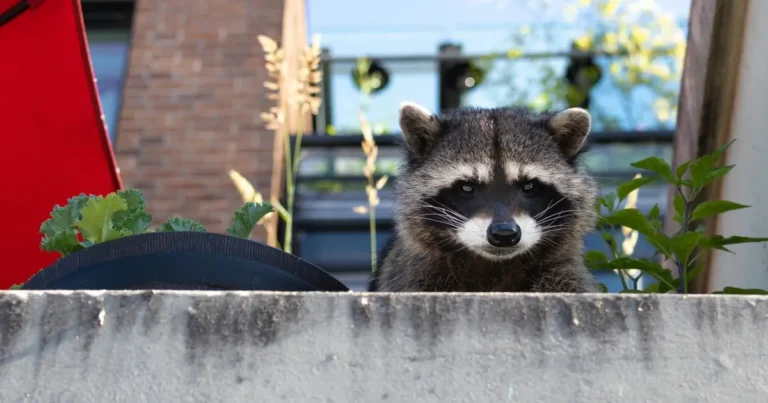“Nova Scotia has failed the grade,” says Adrian Nelson, Director of Communications for The Association for the Protection of Fur-Bearing Animals. “There is no scientific evidence to support that trapping and killing coyotes will make them avoid humans. If anyone needs to learn a lesson, it’s the Department of Natural Resources.”
As part of the action against Nova Scotia, the group will be sending a scathing “report card” to The Minister of Natural Resources, Honourable Charlie Parker.
This isn’t the first time Nova Scotia has killed thousands of coyotes.
During October 2011 – March 2011, the provincial government offered a $20-per-pelt bounty, which resulted in the death of 2,643 coyotes.
“If Nova Scotia continues on killing thousands of coyotes, they will be putting their entire ecosystem in jeopardy. Like it or not, coyotes are here to stay. We must learn how to co-exist. Trapping and killing is not a solution,” adds Nelson.
The estimated coyote population in Nova Scotia is 8,000.

Quick backgrounder:
June 2012: The Nova Scotia government announced that 3,340 coyotes were killed by licensed trappers during the 2011-2012 season as part of its plan to reduce aggressive coyote behaviour. This past season, which ran from October 15 to March 31, saw the addition of thirty-seven new trappers, bringing the total number of professional trappers to 403. Trappers are paid $20 for each properly prepared pelt. The province paid out $66,800 for the pelts.
October 2011 – March 2012: Bounty is implemented. Trappers and hunters receive $20 per coyote they kill (in addition to the sale of the pelt).
May 2011: The Natural Resources Department of Nova Scotia announces that 2,643 coyotes were killed during the cull. (There were 1,736 coyotes killed the year before the bounty was in place.) Taxpayers paid $52,860 for the 2,643 coyotes that were killed ($20 per coyote). Nova Scotia’s coyote population was estimated at 8,000.
October 2010 – March 2011: Bounty is implemented. Trappers and hunters receive $20 per coyote they kill (in addition to the sale of the pelt).
April 2010: The provincial government changes its’ mind and announces a new $20-per-pelt bounty from October 2010 to March of this year. The province refers to the bounty by as a “pelt-incentive program.” Even Taylor Mitchell’s own mother, Emily was against the Nova Scotia coyote cull!
March 2010: Fear over coyotes is hyped up in the local media and the public starts to pressure the Nova Scotia government to kill coyotes. Department of Natural Resources officials said the province wouldn’t implement a coyote cull because bounties had been tried before and were unsuccessful.
October 2009: Taylor Mitchell, a 19-year-old Toronto folk singer died after she was attacked by coyotes in Cape Breton highlands park.
Mitchell was the second human ever recorded in North America to be attacked by a coyote. The first occurred in the United States in August 1981, when 3-year-old Kelly Keen was attacked by a coyote outside her home in Glendale, California, United States. (Source: CBCA/History of Urban Coyote Problems, Robert M. Tim & Rex O. Baker, University of Nebraska – Lincoln, 2007)

(Photo: Coyote with his head in a Conibear trap).
YOU CAN HELP!
1.Never buy fur or fur trim.
2. Voice your opposition to coyote culls. Contact the Nova Scotia department of Natural Resources and encourage them to spend taxpayer money on real solutions such as education prevention programs.
3. Now matter how tempting, never feed a wild animal or make a wild animal habituated to humans. If you are concerned about the welfare of a wild animal, please contact your local wildlife rehabilitation centre.
Further reading:
It’s coyote killing time once again
Marc Bekoff, Ph.D.,is a former Professor of Ecology and Evolutionary Biology at the University of Colorado, Boulder. He has studied coyotes for over 40 years.
Living with Coyotes
Nova Scotia Department of Natural Resources
